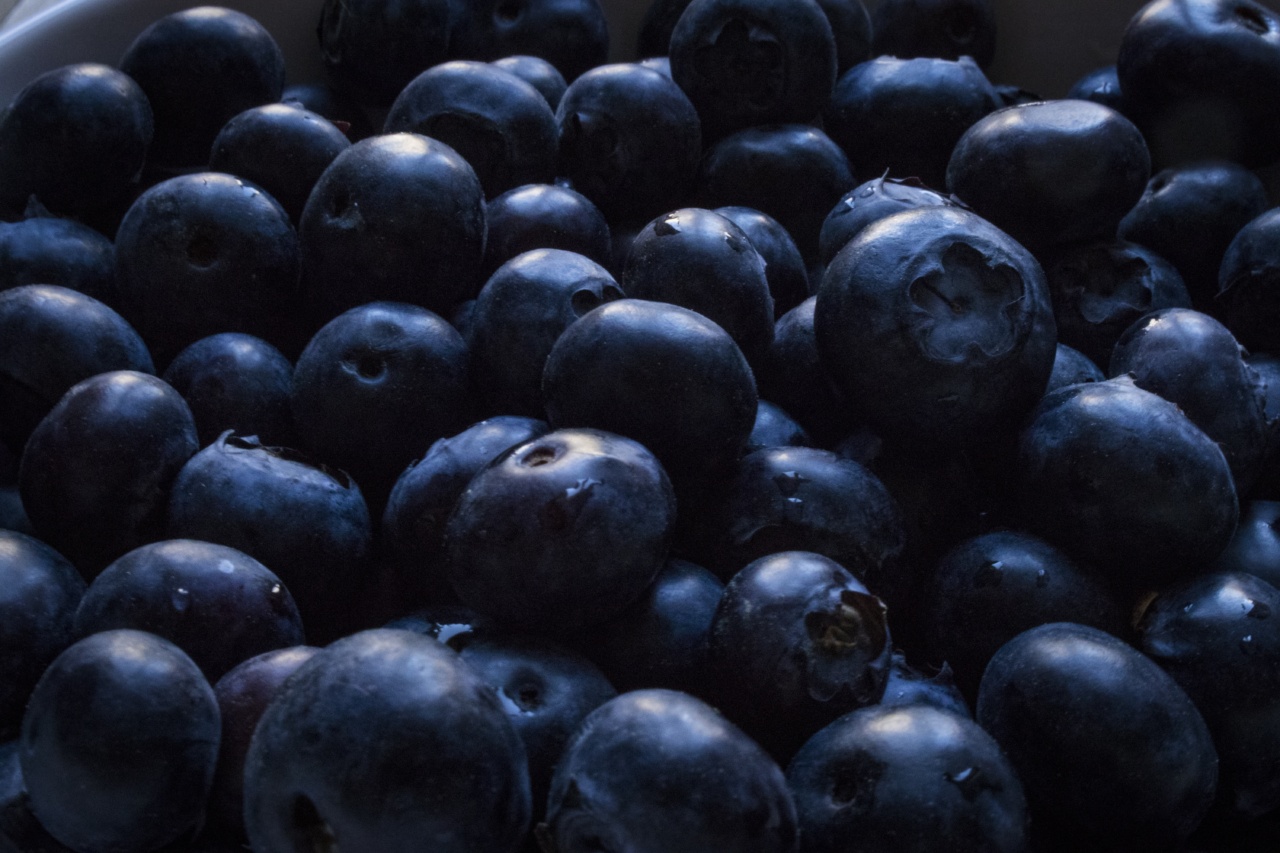When it comes to providing your children with healthy food, it can be challenging to introduce them to new and unusual fruits and vegetables. However, adding different kinds of berries, such as bilberries, can provide a significant boost to their diet.
Bilberries are tiny, blue fruits that resemble blueberries, but they are much more nutritionally potent and packed with antioxidants.
What are Bilberries?
Bilberries are shrubs that grow in moist, acidic soil in temperate and subarctic regions. Bilberries belong to the same family of plants as the blueberry, and they look very similar.
The main difference between the two is that bilberries are smaller and darker in color, and they have a much richer flavor. Bilberries are also known as European blueberries or whortleberries.
Bilberries are rich in flavonoids, a group of naturally occurring compounds with antioxidant properties. These compounds help protect the plant from oxidative stress and are thought to provide similar benefits to humans.
The most important flavonoids in bilberries are anthocyanins, which give the fruit its deep blue color.
The Nutritional Benefits of Bilberries
Bilberries are packed with nutrition, and there are several reasons to include them in your child’s diet. Here are a few of the nutritional benefits of bilberries:.
Rich in Antioxidants
Bilberries are incredibly rich in antioxidants, which help protect the body against damage from free radicals.
Free radicals are unstable molecules that can cause cell damage, leading to a range of health problems, including cancer, heart disease, and inflammation. Antioxidants help neutralize free radicals, reducing their impact on the body.
Good for Eye Health
Bilberries have been found to be particularly beneficial for eye health. It appears that the anthocyanins in the fruit can improve blood flow to the retina, which is essential for good vision.
In addition to improving blood flow, bilberries can also help reduce inflammation in the eye, which is a common feature of many eye diseases.
Reduce Inflammation
Chronic inflammation is associated with several serious health conditions, including heart disease, cancer, and Alzheimer’s disease.
Bilberries have been found to have anti-inflammatory properties and may be beneficial in reducing inflammation in the body. The flavonoids in bilberries are thought to be responsible for these anti-inflammatory effects.
Improve Cognitive Function
Bilberries may also be beneficial for cognitive function. Research has shown that the anthocyanins in bilberries can improve memory and learning in both children and adults.
The fruit has also been found to be helpful in slowing down age-related cognitive decline.
How to Incorporate Bilberries into Your Child’s Diet
Bilberries can be easily incorporated into your child’s diet. Here are some ways to introduce bilberries into your child’s meals:.
Smoothies
Bilberries can be a great addition to smoothies. Combine a handful of fresh or frozen bilberries with some yogurt, milk, honey, and ice, and blend until smooth. The result is a delicious and healthy drink that your child will love.
Fruit Salad
Add bilberries to your child’s favorite fruit salad. The fruit pairs well with other berries, such as strawberries, raspberries, and blueberries. You can also add some chopped nuts for extra crunch and nutrition.
Muffins
Bilberries can be an excellent addition to muffins. You can use fresh or frozen bilberries, and the fruit adds a burst of flavor to the muffins. Bake the muffins in large batches and freeze them for a quick and healthy snack or breakfast option.
Oatmeal
Sprinkle bilberries on top of your child’s oatmeal for a nutritious and delicious breakfast. You can also add other toppings, such as nuts or honey, for extra flavor and nutrition.
Conclusion
Bilberries are an excellent addition to your child’s diet. The fruit is packed with nutrition and can provide several health benefits, including eye health, reduced inflammation, and improved cognitive function.
Bilberries can be easily incorporated into your child’s meals, such as smoothies, fruit salads, muffins, and oatmeal. So, don’t hesitate to add this nutritious superfood to your child’s meals.






























